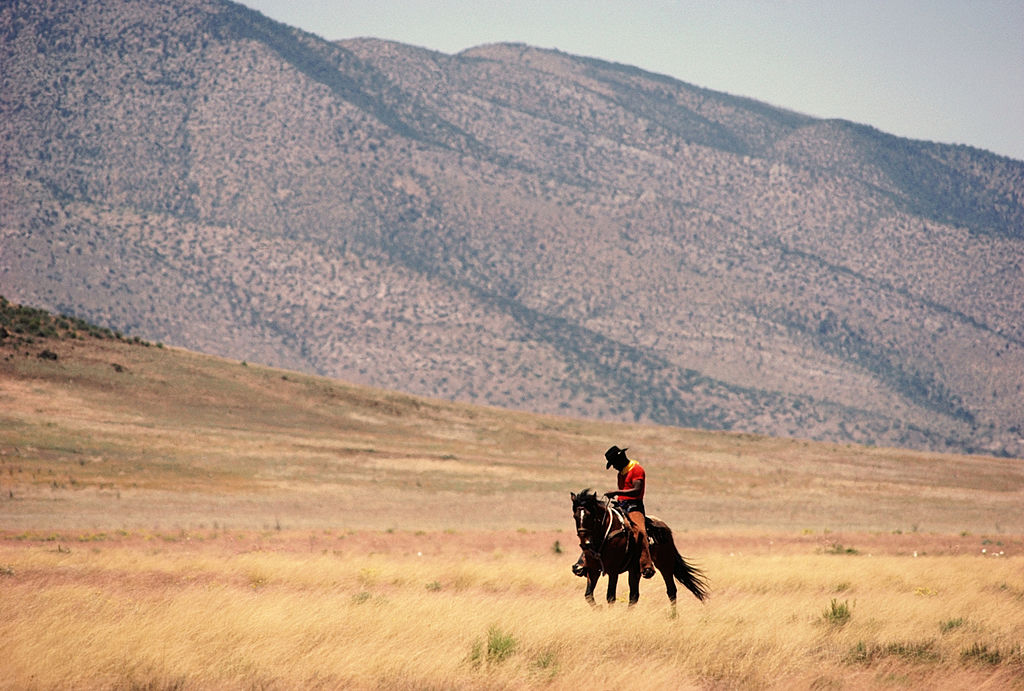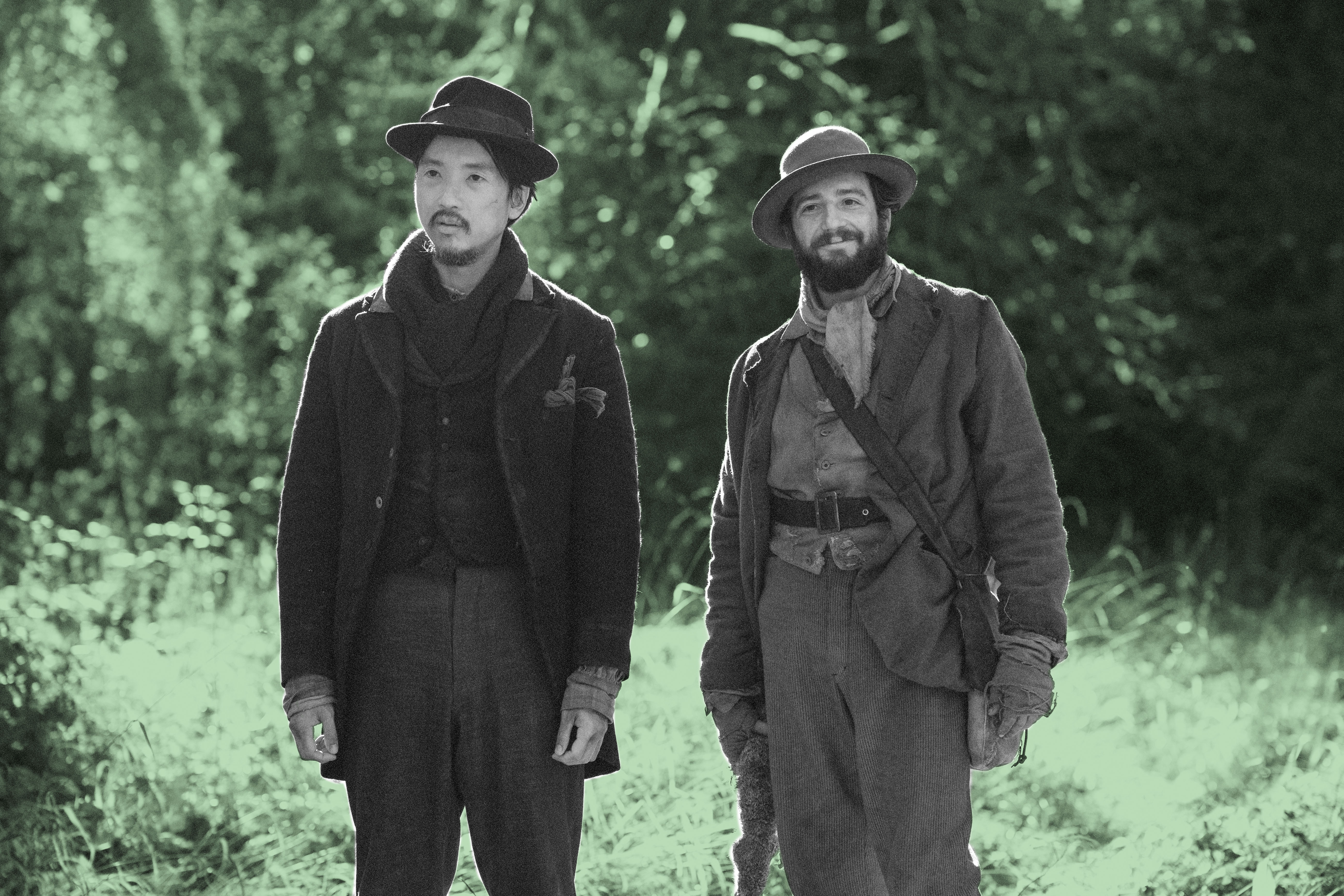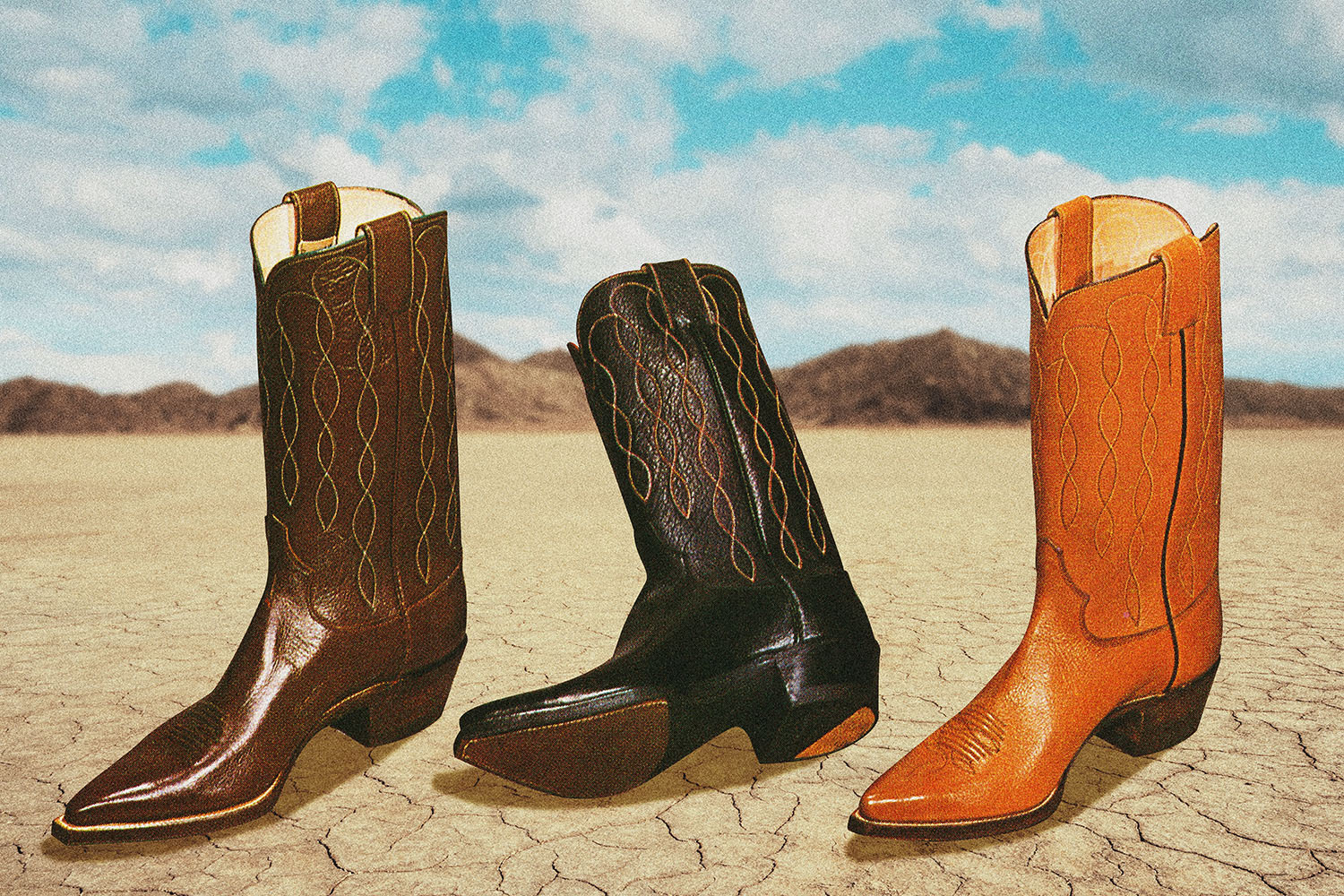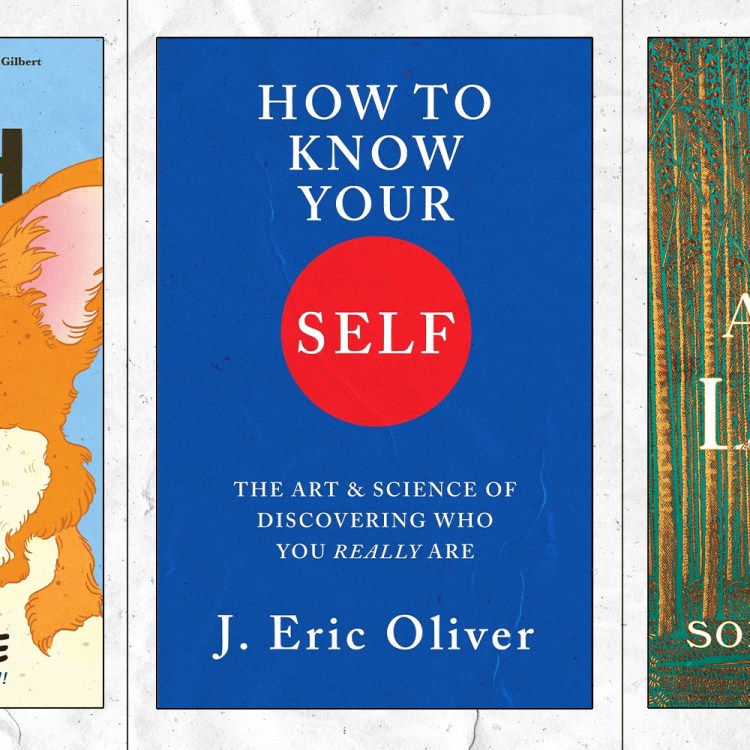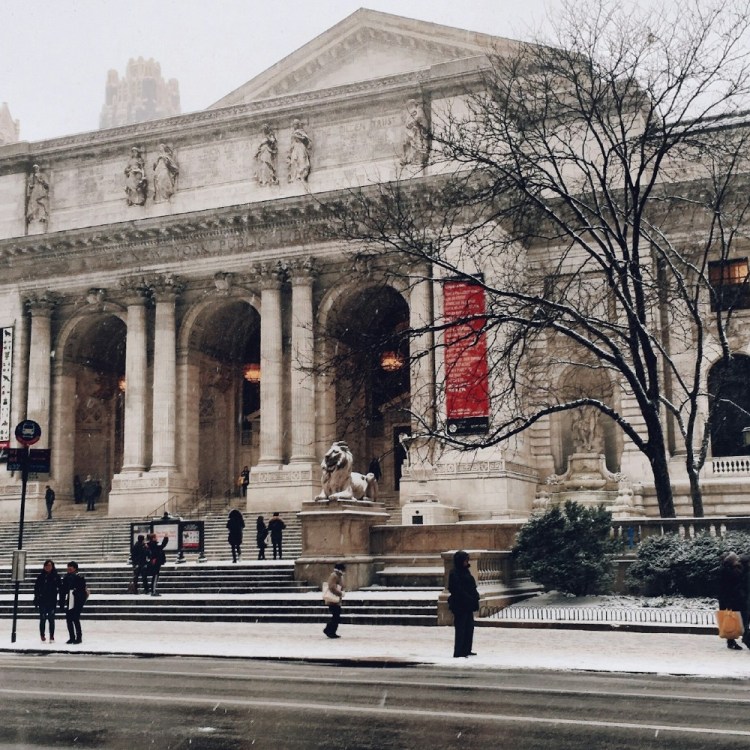As genres go, the Western is more resilient than you might think — even as rumors of its demise continue to pop up every few years. While the familiar elements of an old-school Western may no longer be quite as common as they once were on bookstore and library shelves, the DNA of the genre has taken on other forms in more recent years. Some authors have opted for a revisionist approach, telling stories that were left out of certain familiar narratives all those years ago. Others borrow elements and archetypes and place them in contemporary settings. If you look at it that way, the Western is alive and well — and here are 15 examples of great work being done in the genre.
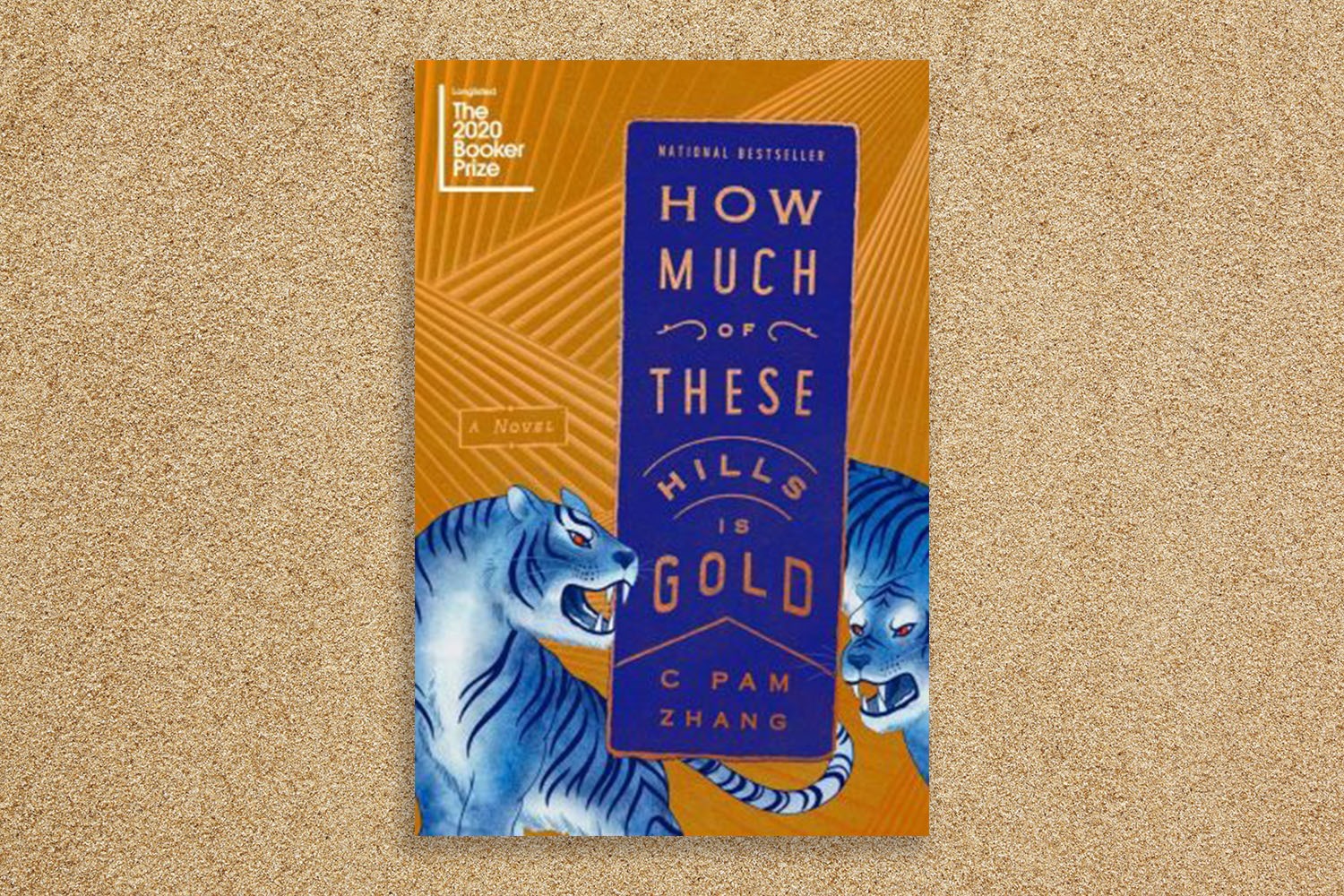
How Much of These Hills Is Gold by C Pam Zhang (2020)
Nominated for a host of prestigious literary awards upon its release, C Pam Zhang’s How Much of These Hills Is Gold takes readers to the time of the gold rush. Zhang’s novel is centered around a pair of siblings, the children of Chinese immigrants, wandering through a surreal and dangerous landscape. It’s a haunting take that offers a different perspective on familiar themes.
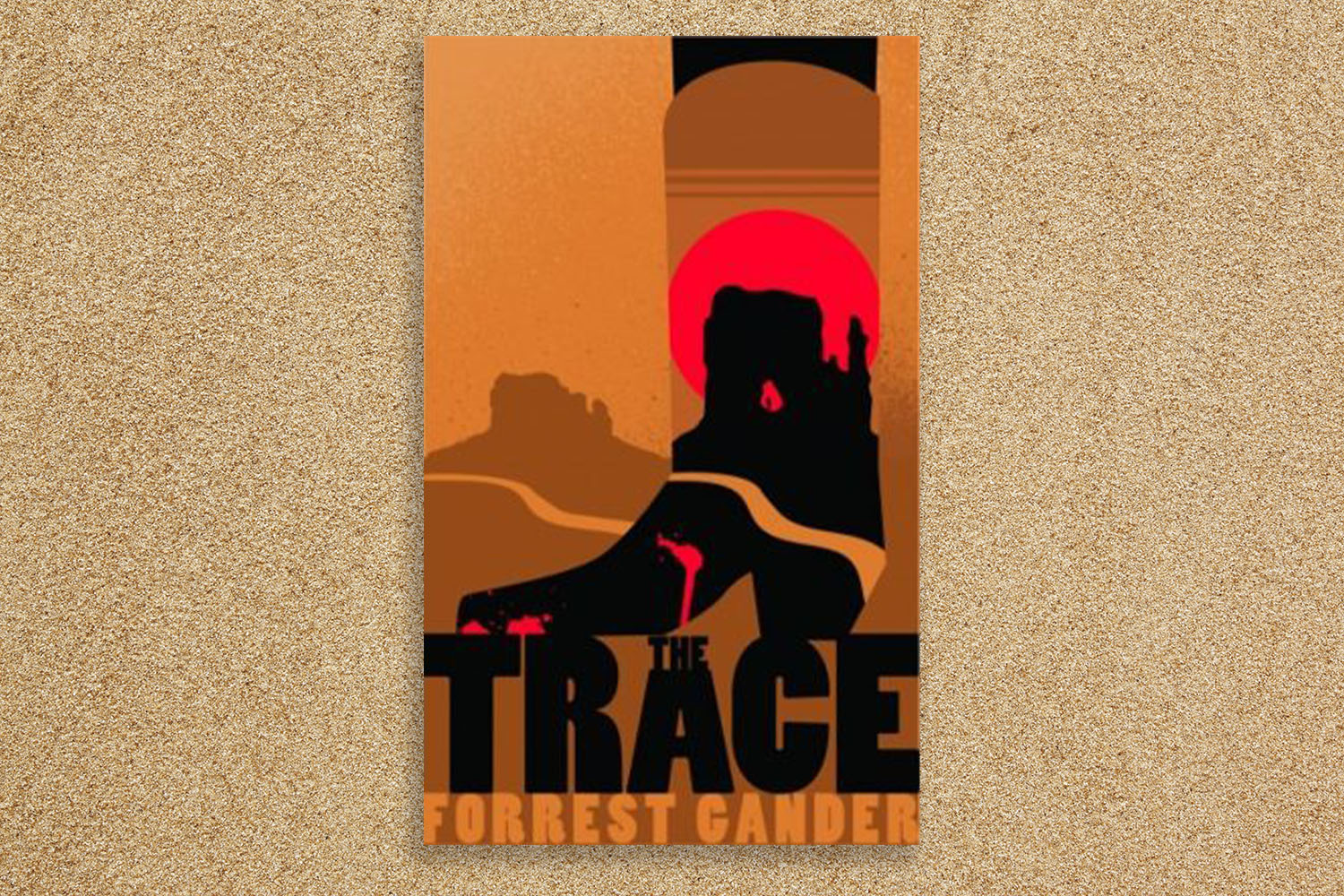
The Trace by Forrest Gander (2014)
Forrest Gander’s poetry has won him the Pulitzer Prize. His fiction is just as compelling. The Trace alludes to the heyday of the Western very directly — at the heart of it is a couple traveling through Mexico following the route of writer Ambrose Bierce, who disappeared when covering the Mexican Revolution in 1913. The result is a novel about trauma and ambiguity both past and present.
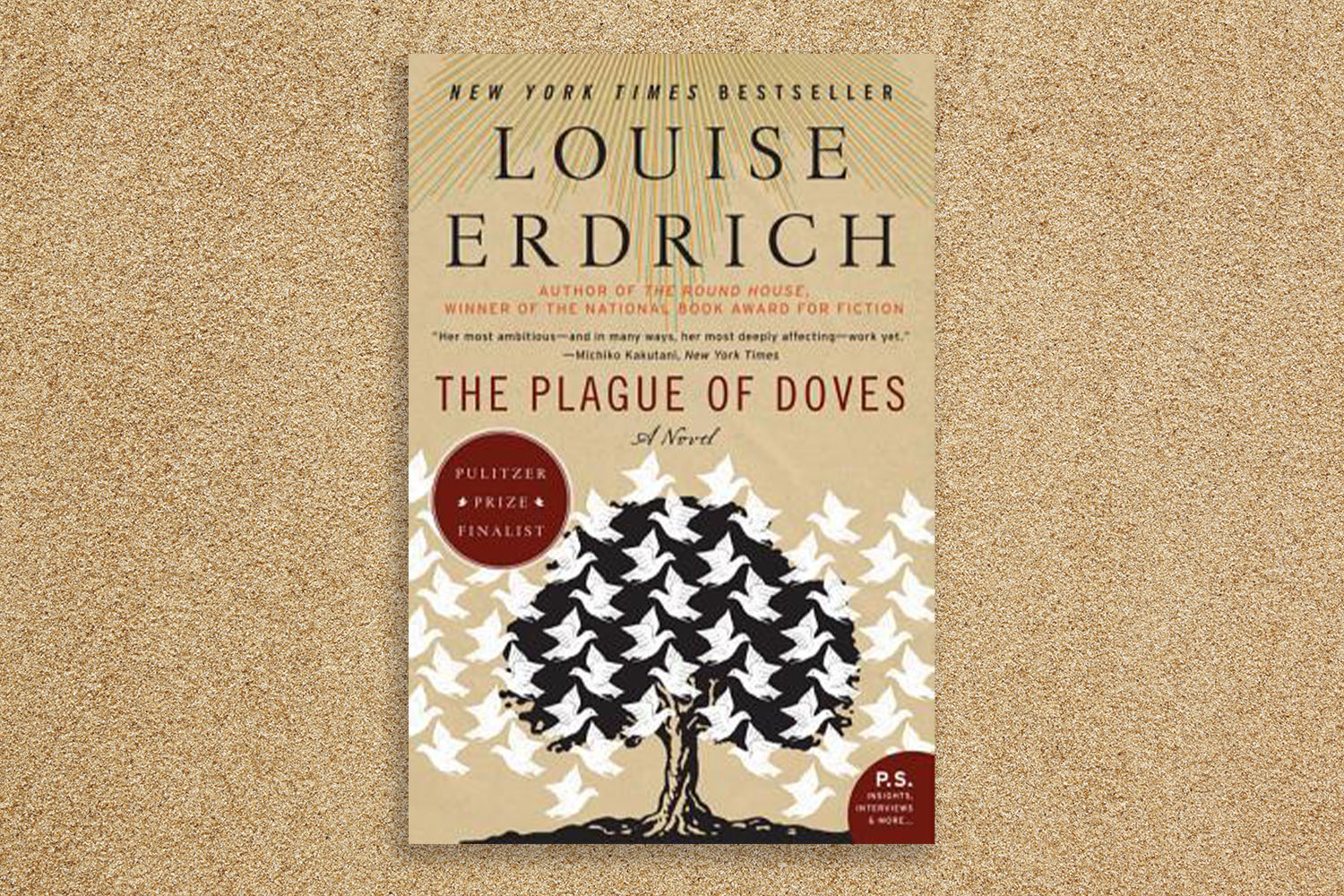
The Plague of Doves by Louise Erdrich (2008)
Set in North Dakota and focusing on the uneasy history between a town and a nearby Ojibwe reservation, The Plague of Doves was a finalist for the Pulitzer Prize in the year it was released. Here, Erdrich explores the aftereffects of violence and the nature of generational trauma — themes familiar to many a Western reader.
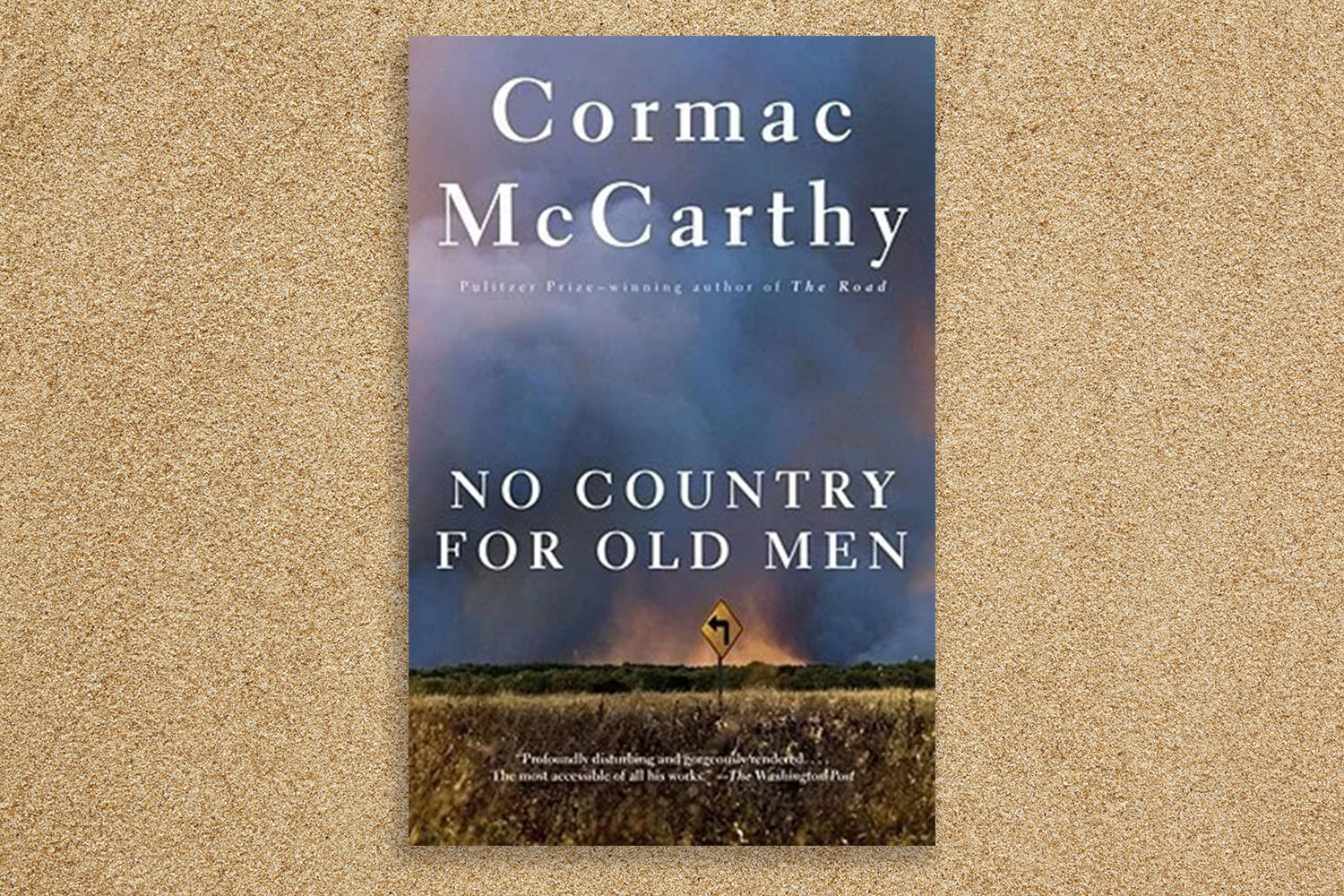
No Country for Old Men by Cormac McCarthy (2005)
Many of Cormac McCarthy’s novels — including the Border Trilogy and Blood Meridian — include elements of Westerns, from a frontier setting to questions of law and violence. Despite its contemporary setting, No Country for Old Men continues in this tradition, offering up a story of a world-weary lawman and a haunted killer, but subverting expectations at any turn.
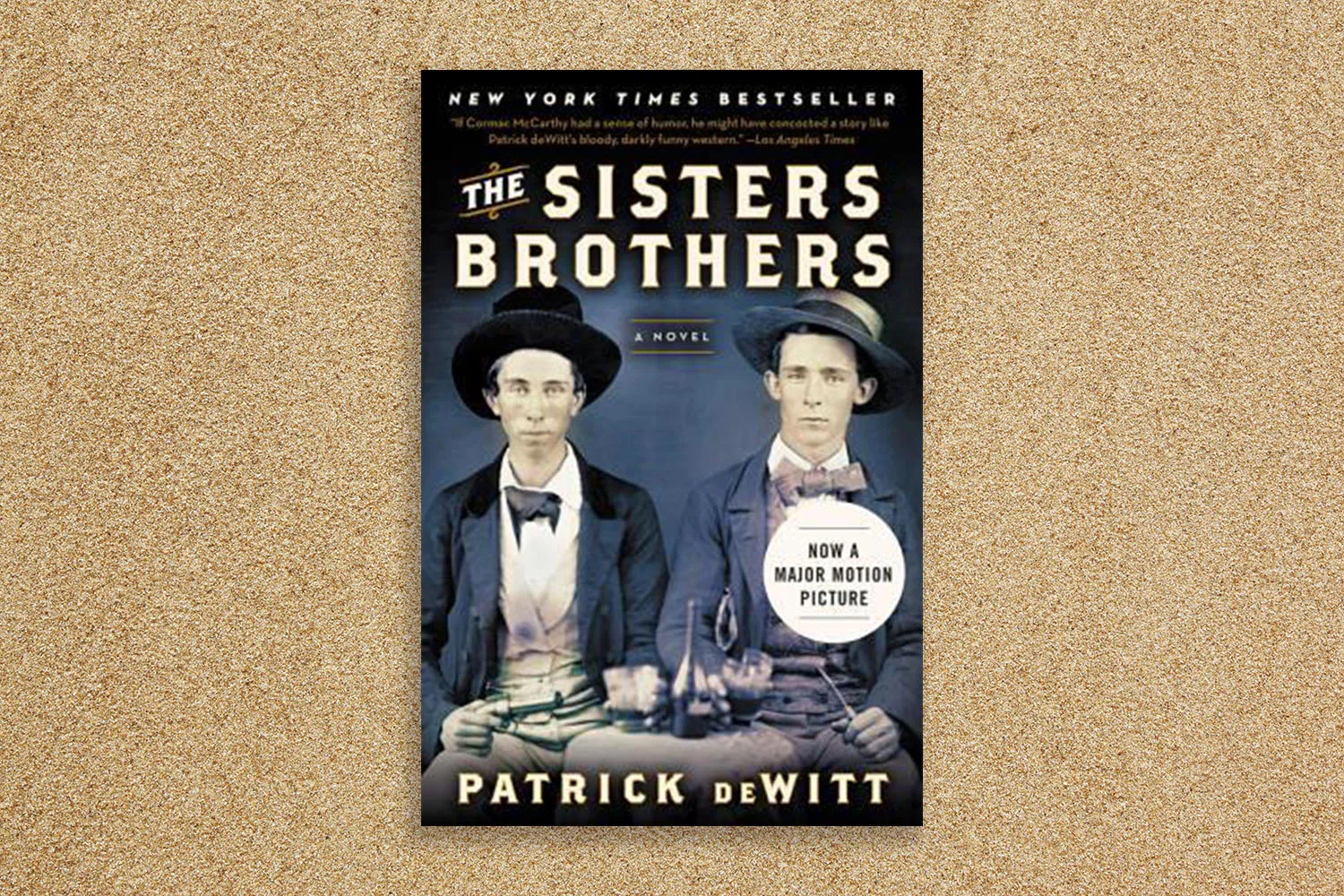
The Sisters Brothers by Patrick deWitt (2011)
Each one of Canadian novelist Patrick deWitt’s novels has adopted a markedly different genre and tone. In the case of The Sisters Brothers, readers can experience deWitt’s distinctive take on a Western. It follows a pair of gunslinger brothers whose pursuit of their quarry becomes increasingly complex, and who begin to doubt the morality of their chosen profession.
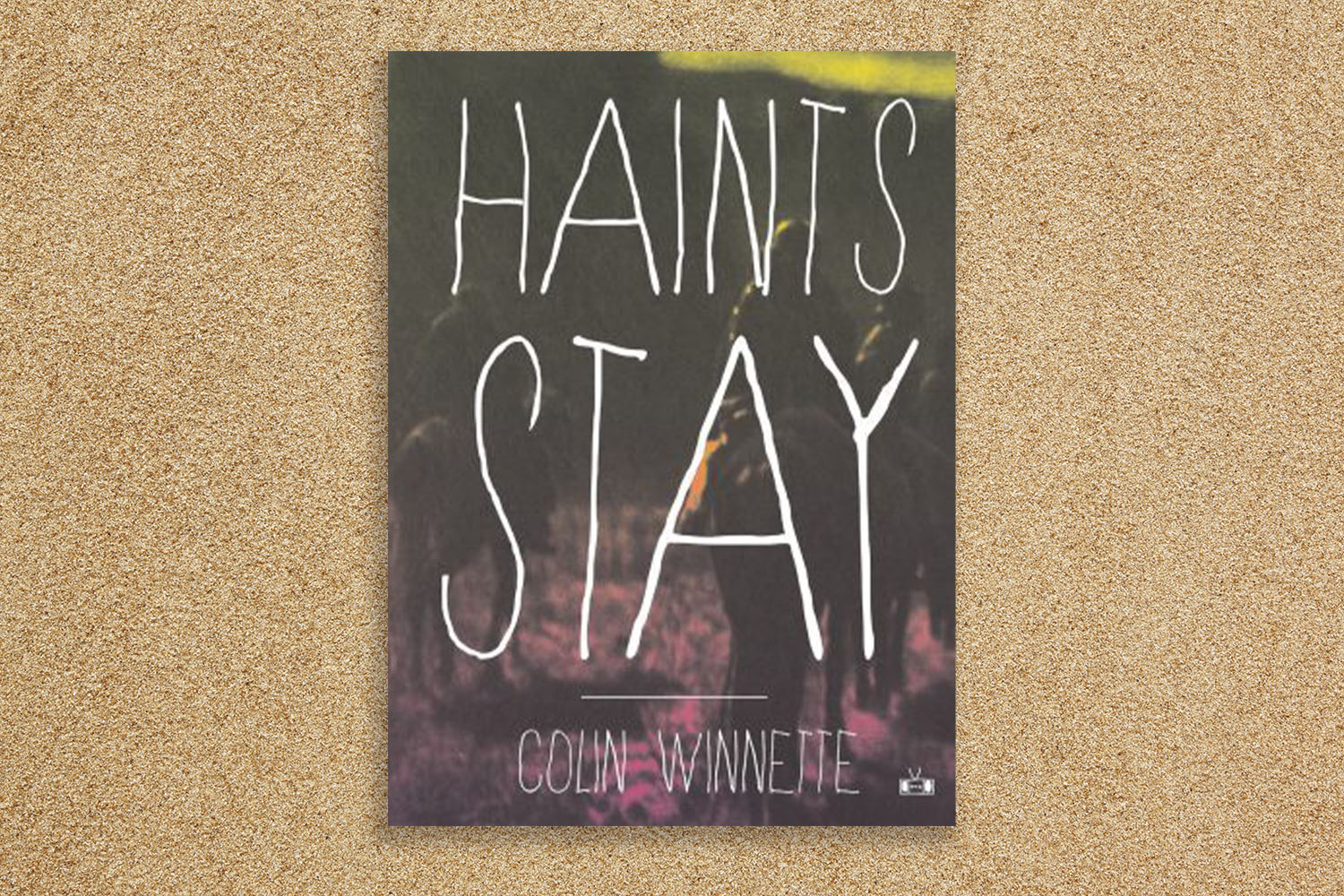
Haints Stay by Colin Winnette (2015)
It’s not coincidence that this sits beside The Sisters Brothers on this list. The two make for a terrific literary double feature, in that they’re both centered around brothers working as hired guns in the Old West. Where deWitt’s book is deadpan and philosophical, though, Winnette’s is surreal and foreboding, turning a familiar-seeming landscape into a place where his characters find themselves on increasingly treacherous ground.

The Hunger by Alma Katsu (2018)
The Western doesn’t need to stand on its own as a genre; some novelists have discovered the appeal of blending its imagery and tropes with those of another genre. In the case of The Hunger, inspired by the travails of the Donner Party, Alma Katsu blends evocative images of the American West with unnerving scenes of the supernatural, making for a uniquely gripping read.
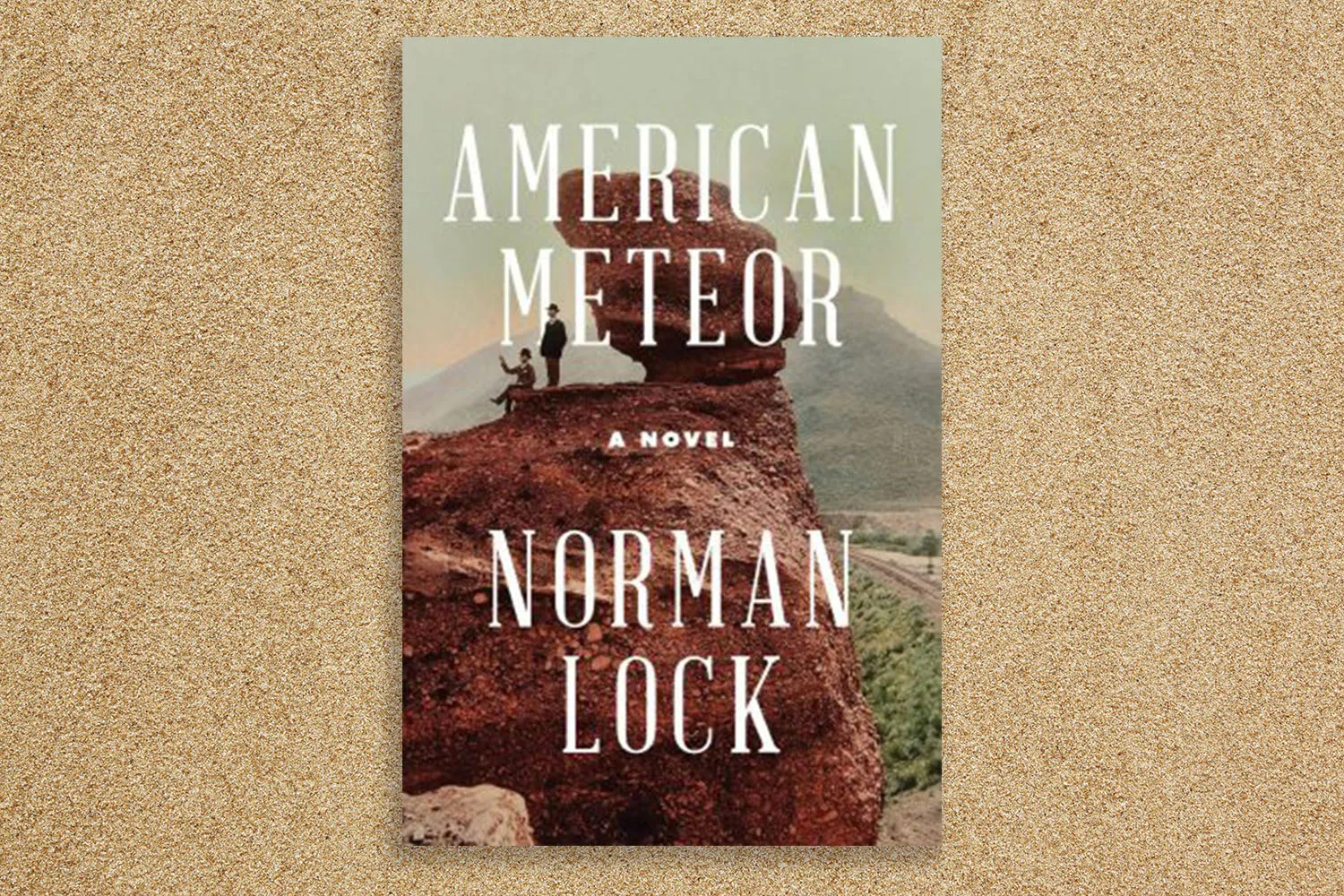
American Meteor by Norman Lock (2015)
As the railroad spread across the United States, it became part of the mythology of the American West. So too did photographs of the landscapes, documented by a number of renowned photographers. The protagonist of Norman Lock’s American Meteor, a young man seeking his fortune, comes into contact with both of these strands of the West — but where they lead him is anywhere but familiar.
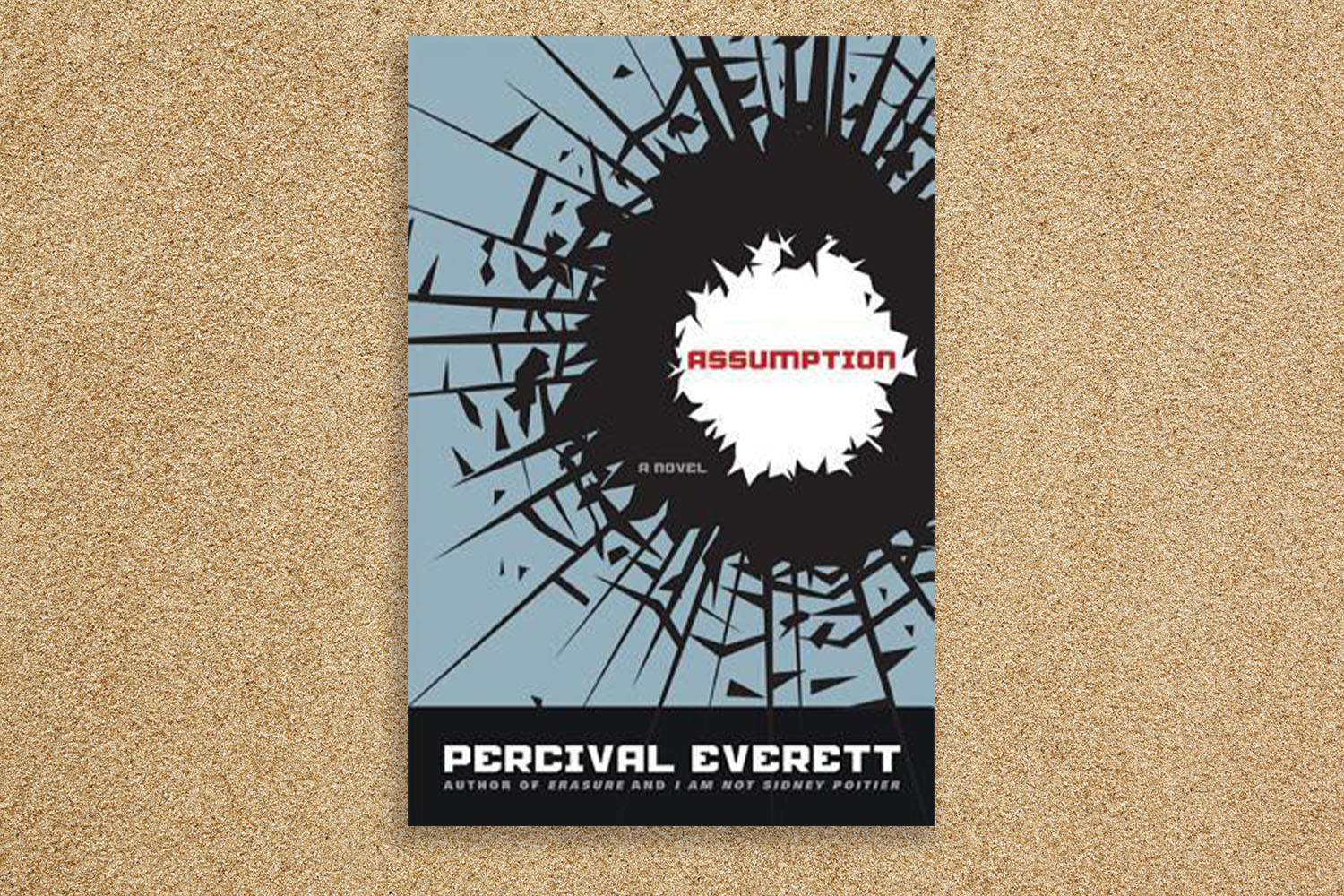
Assumption by Percival Everett (2011)
Tell a story about a lawman in a Western state and the history of the Western genre could well be the narrative elephant in the room. Percival Everett’s Assumption tells the story of a deputy sheriff in New Mexico investigating a series of strange events; before long, however, Everett — a cult favorite for his fiction — has eluded reader expectations of what a story of a dedicated western lawman might contain, and created his own memorable entry in the genre.
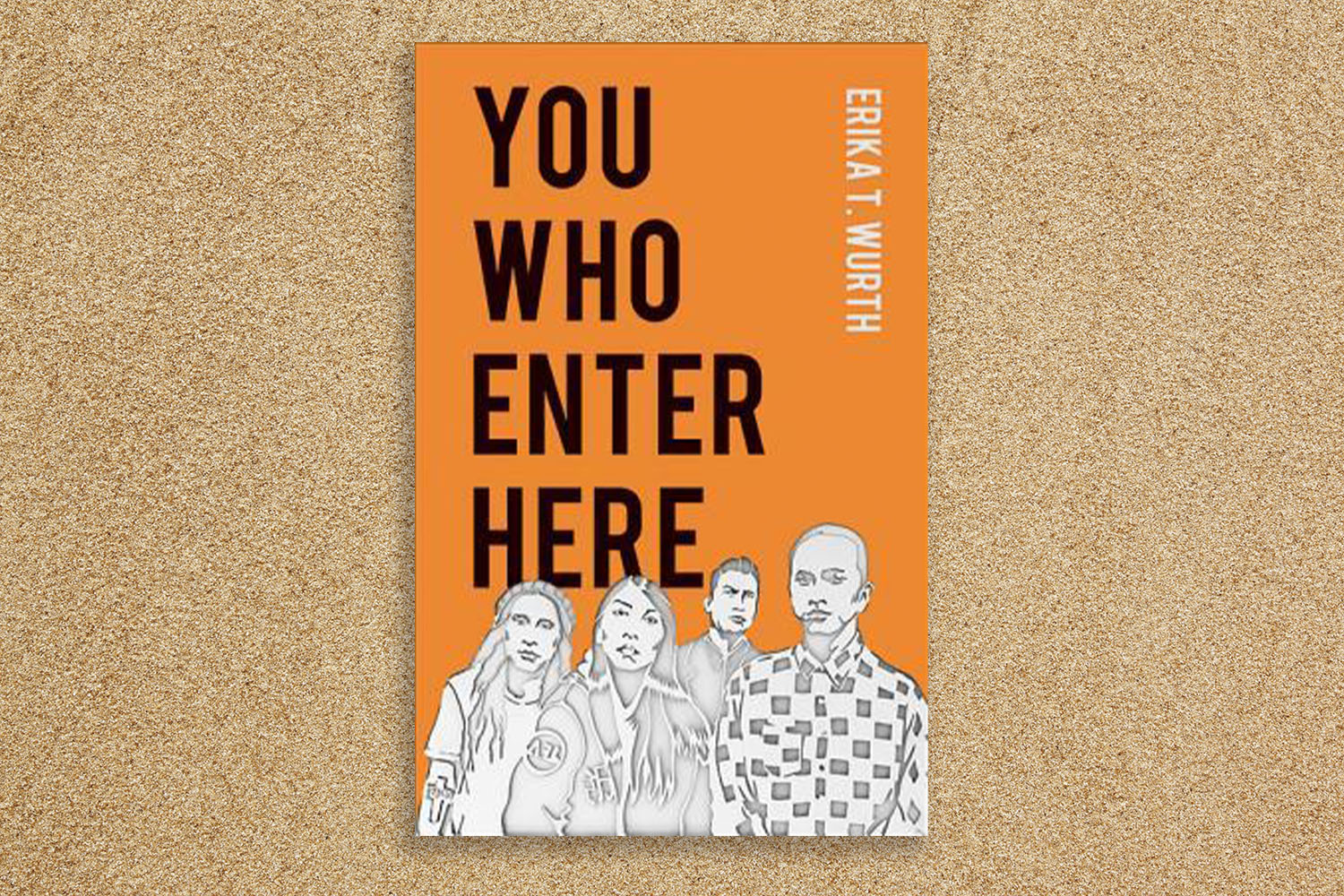
You Who Enter Here by Erika T. Wurth (2019)
Erika T. Wurth’s harrowing novel You Who Enter Here blends psychological realism with an unsettling and timeless story of conflict and violence. The narrative focuses on a young man’s entry into the world of Indigenous gangs in New Mexico — and the questions of love and loyalty that he faces as a result.
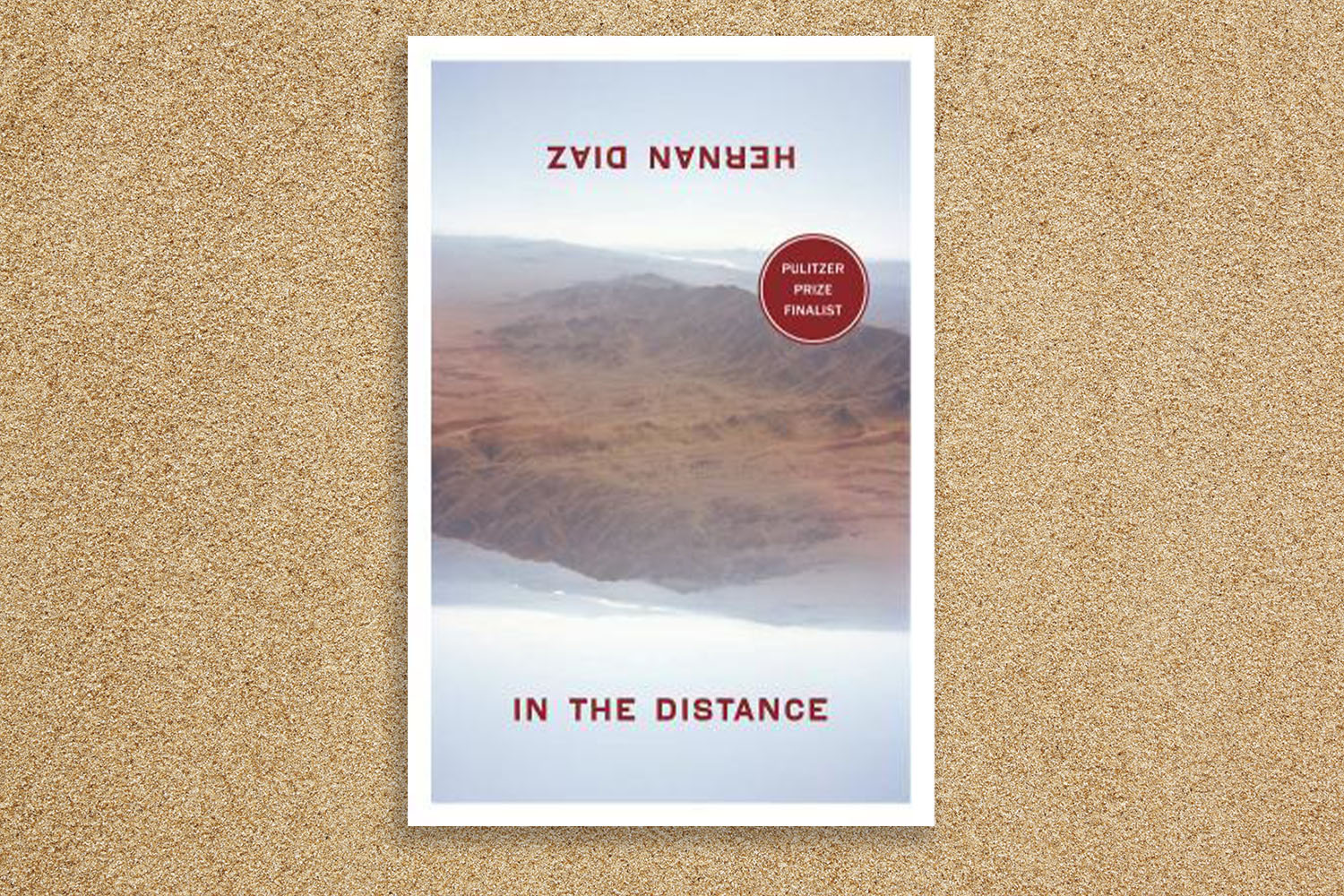
In the Distance by Hernan Diaz (2017)
Some Western tales focus on the immigrant experience; that’s the case for Hernan Diaz’s Pulitzer Prize finalist In the Distance. As Diaz’s protagonist, a Swedish immigrant, traverses the country multiple times, his travels offer Diaz a chance to explore the inner workings of the genre, resulting in a Western that eludes expectations again and again.
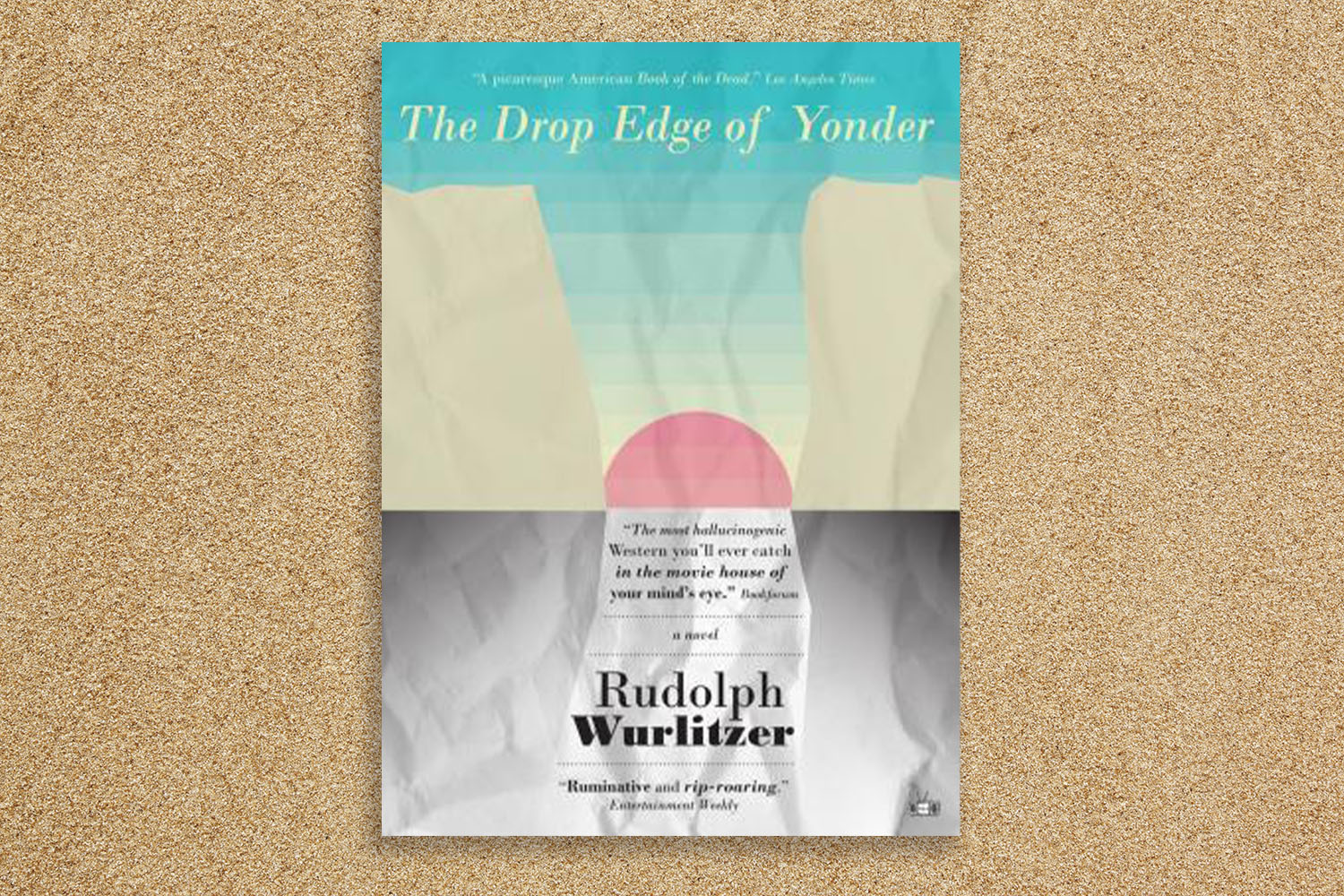
The Drop Edge of Yonder by Rudolph Wurlitzer (2007)
Rudoph Wurlitzer knows something about expansive spaces and disquieting conflicts: as a screenwriter, he wrote the cult films Walker and Two-Lane Blacktop. As a novelist, he’s written a host of surreal books, including The Drop Edge of Yonder, a surreal tale about a man roaming the West and encountering a series of bizarre and menacing figures. The acid Western hasn’t gone away — it’s just made its way into a new medium.
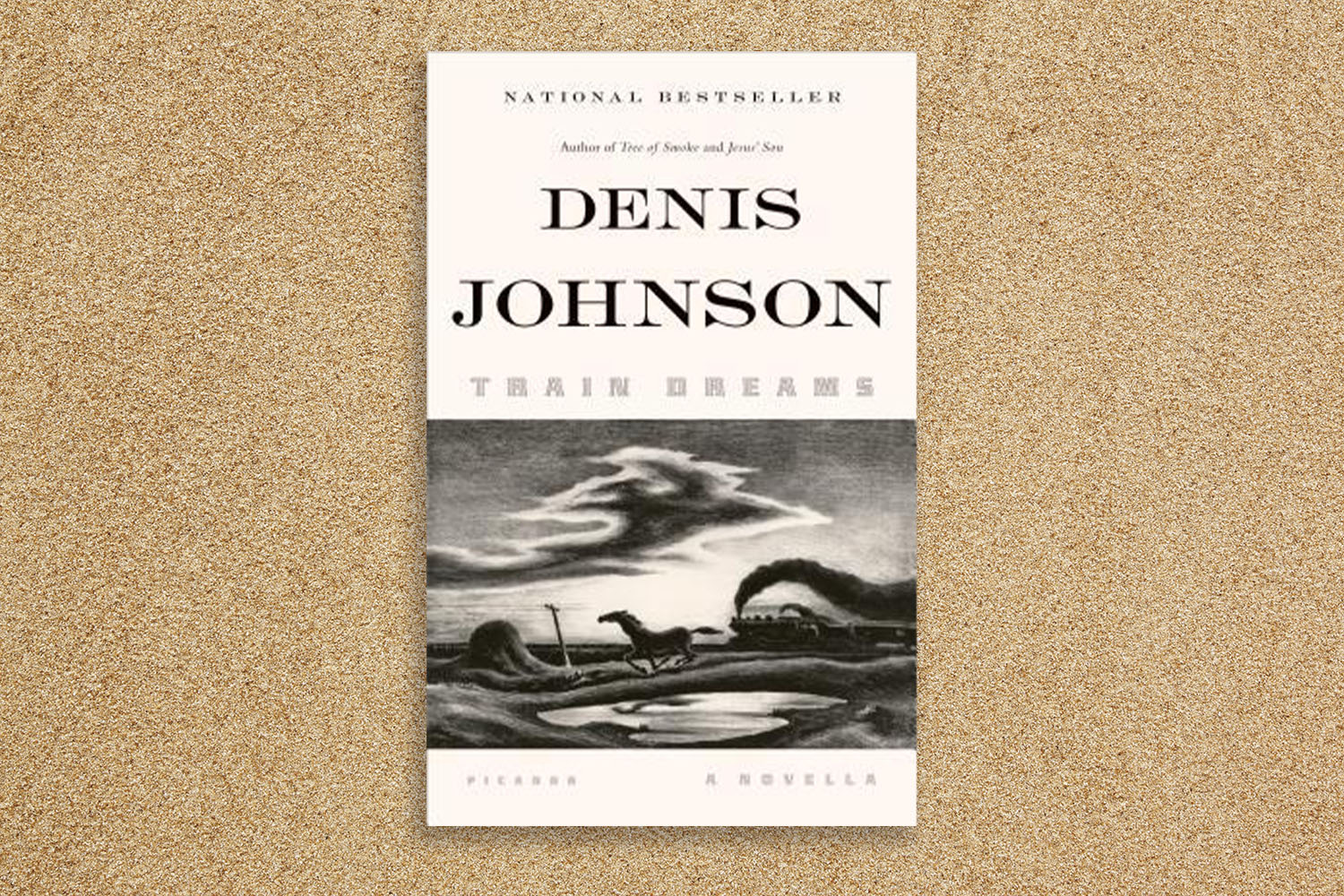
Train Dreams by Denis Johnson (2002)
Looking back at the bibliography of Denis Johnson, at times there’s little that connects specific works: Johnson can be sprawling and surreal one moment, and concise, gritty and decidedly realist the next. Train Dreams centers around the railroad and its role in the American West — but it’s also about the aging of a man and a country, and of the transformations that can occur in both.
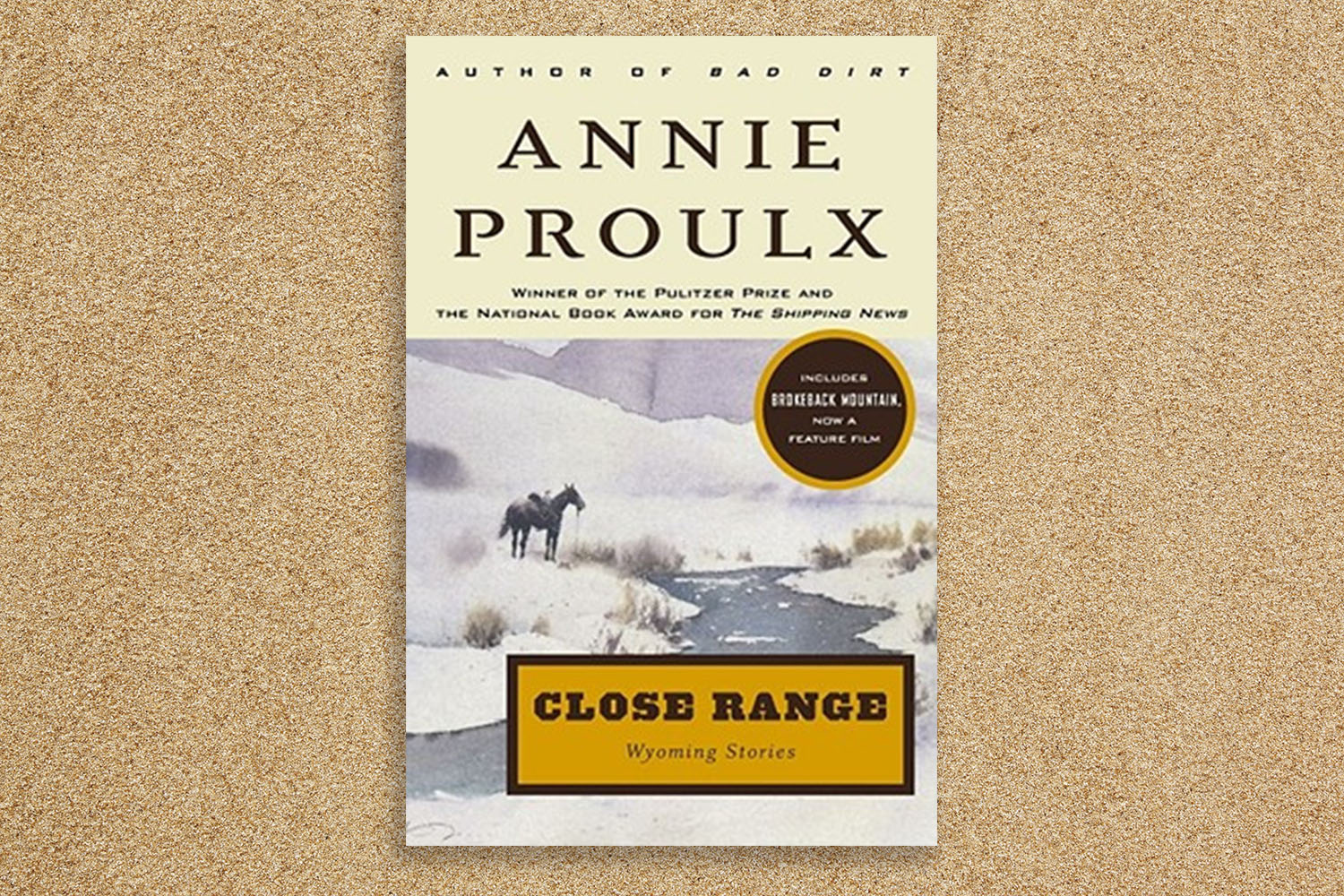
Close Range: Wyoming Stories by Annie Proulx (1999)
Whether she’s writing about sympathetic characters or those who make terrible decisions, Annie Proulx brings a humanistic touch to her fiction. Close Range invokes more than a few archetypes in its stories, even as it subverts some of them and takes others to unexpected places.
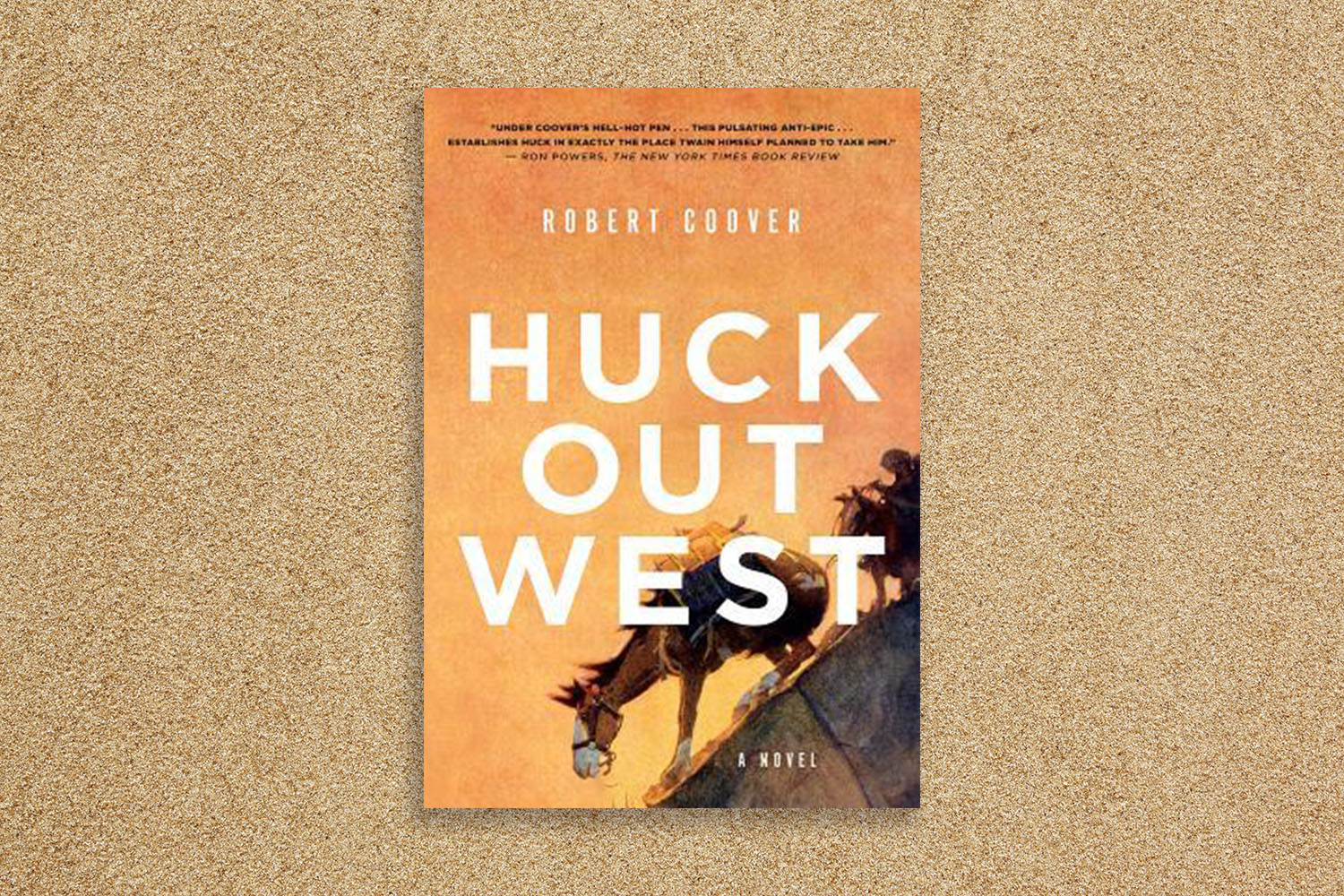
Huck Out West by Robert Coover (2017)
The Western genre is a familiar one to many readers; Huck Finn is a familiar character for many readers. What happens when you put a grown Huck Finn into a Western, however, is anything but familiar. For the metafictionally minded Coover, this blend of character and genre serves as a way to explore decades’ worth of American history and American literature, with panache.
This article appeared in an InsideHook newsletter. Sign up for free to get more on travel, wellness, style, drinking, and culture.
